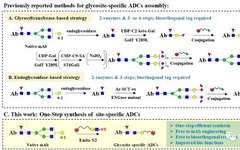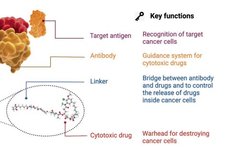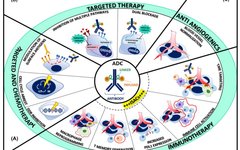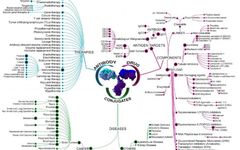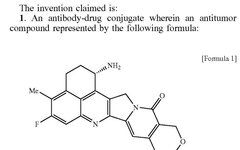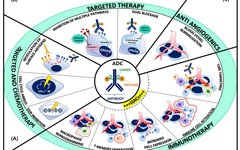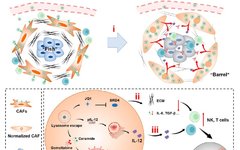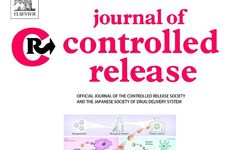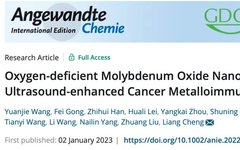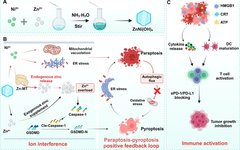Understanding ADCs and Their Future
Since the end of 2019 and the beginning of 2020, I have been looking at ADCs, and I have discussed with many experts in the field, leading to many misunderstandings, and my understanding has been continuously refreshed. Many articles about ADCs exist, but many of them contain misunderstandings. Now, there are more successful and failed … Read more
